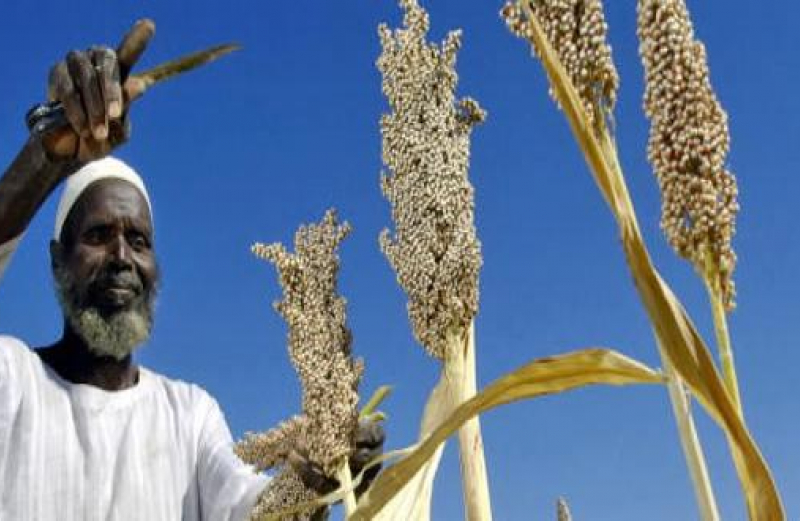CAADP making difference in Tanzanian agriculture

11 February 2016
Farming is not about farmers to produce more; it is all about farmers to produce for the market both internal and external.
Farming should be approached as a business to increase the incomes of the rural people, specifically to put more money in the farmers’ pockets enhance into rural economy.
In Tanzania, agriculture is the logical engine of rural economy growth. It generates income, provides productive employment, and enhances food security.
Speaking to the Guardian recently senior foreign assistance policy analyst, Faustine Wabwire of Bread for the world Institute based in Washington, DC, said that there were five sources of almost 60 percent of Tanzania’s economic growth between 2010 and 2015.
He further said the communication GDP almost doubled in less than four years, growing on average more than 20 percent a year.
Wabwire said agriculture also contributed to Tanzania’s economic growth, but this was a given because it makes up a significant share of GDP, about 25 percent.
Farming has been less considered as the source of income; it is the last resort when people especially the youths after they have tried everything else and have failed.
Most of them claim that farming is not always the desirable ‘quick fix’ which they want; they need speedy returns.
Director of Shambani Graduate Enterprise Victor Mfinanga called on people to change their perception and mindset towards agriculture. Saying it was high time for agriculture to be branded positively as a way of attracting people.
“People should start viewing farming as a business in enterprise in the broad sense. They must start consider other areas, like processing of agricultural produce, input supplies, transportation, marketing and sales of agricultural produce,” he urged.
Farmers should view farming from the business perspective. This will enable them to improve their standards of living in terms of building decent housing, food security and meeting basic household needs, while contributing to the larger goal of making the transition from subsistence to a cash economy, and wealth creation.
Since Comprehensive Africa Agriculture Development Programme (CAADP) was implemented in Tanzania agriculture has contributed to Tanzania's economic growth making up a significant share of GDP - 25 percent
Although Africa’s agricultural growth rate still lags behind its overall economic growth rate is now supported by increased investments in agriculture, technological innovations, greater political stability, growing trade and investment, among others.
Though agriculture’s share of total spending has increased significantly in many CAADP countries in recent years, it is generally still well short of the ten percent target.
To date, CAADP has adopted mechanisms to strengthen peer review and take stock of agricultural planning practices.
It has brought attention to the largely ignored issue of agricultural education. In some countries, it has facilitated coordination at the highest levels of government on agricultural issues.
Endorsed by African Union (AU) heads of state and the New Partnership for African Development (NEPAD) in Maputo in 2003, the Comprehensive Africa Agriculture Development Programme (CAADP) is described as ‘an Africa-led and Africa-owned initiative and framework to rationalise and revitalise African agriculture for economic growth and lasting poverty reduction results.’
CAADP is built on four ‘pillars’: Land and water management, market access, food supply and hunger, and agricultural research. CAADP’s roll-out is financed through a multi-donor trust fund managed by the World Bank.
SOURCE: THE GUARDIAN
